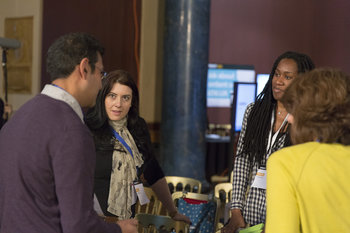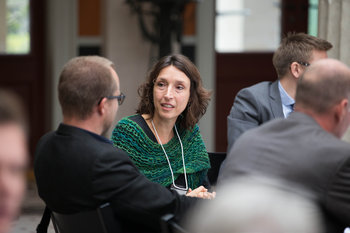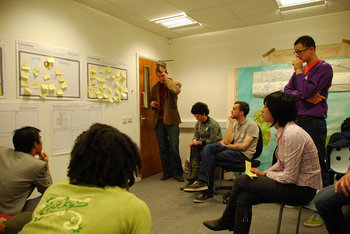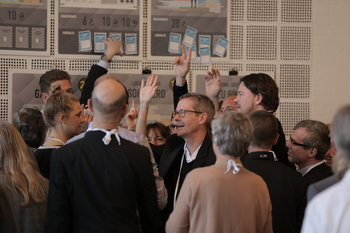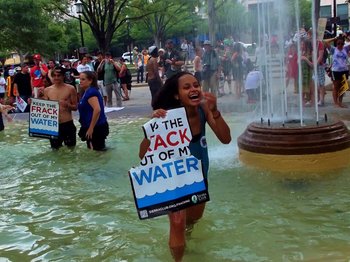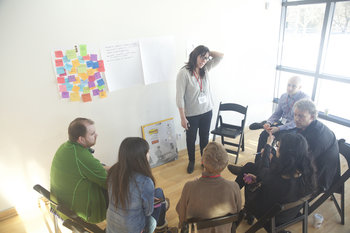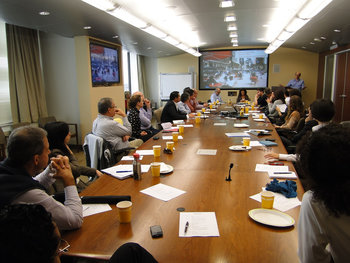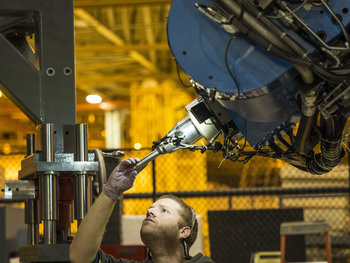
Organizational Structure
Designing and implementing the structure of organizations such as departments, teams and roles. This includes elements such as authority, job titles, job levels and reporting lines.Organizational Culture
Organizational culture are the expectations, norms, stories and symbols of an organization that form over time as a result of the shared experiences of employees. This is not directly controllable but a people operations team plays a role in shaping culture with shared experiences such as onboarding and all-hands meetings.Employer Branding
Cultivating a good reputation as an employer in a competitive market.Recruiting
Attracting and hiring talent.Onboarding
Giving new employees everything they need to be productive from the moment they start including information, access to resources and introductions to a firm's culture and people.Internal Branding
Building a brand from the inside out to make it an authentic representation of a firm. For example, if you are targeting a sustainable brand image you begin by engaging employees in reducing the firms negative impacts on people and planet.Compensation & Incentives
Setting appropriate levels of compensation and designing incentives to align with organizational goals.Performance Management
The process of setting performance expectations and evaluating performance. Performance management also includes the process of dealing with low performance including performance improvement plans and dismissals.Career Planning
Working with employees to match their careers goals with opportunities in the organization and setting expectations for what is required to achieve promotions and career changes.Training & Development
Developing the talents of employees with training and development programs.Competency Models
Taking an inventory of the talents and skills required by the organization and building a depth of coverage in each area.Rewards & Recognition
Recognizing and rewarding high performance including elements such as awards, bonuses and promotions.Benefits
Designing and delivering benefits. This is often heavily outsourced with people operations responsible for strategy, monitoring and partner management.Working Conditions
Designing and delivering suitable working conditions. This includes job design, policy, processes, employment terms and environments.Employee Communication
Managing communications to employees. For example, communicating open positions to employees to give internal candidates access to job openings.Employee Relations
Managing relationships with employees. It is common for people operations to reach out to every employee and get to know everyone in the organization to understand employee satisfaction issues at the working level.Employee Engagement
Engaging employees to make everyone a part of an organization's current strategy, challenges, risks and change. In other words, people operations plays a role in preventing teams and individuals from becoming isolated from the rest of the organization.Employee Satisfaction
Measuring and seeking to improve employee satisfaction. For example, identifying policies, environments, tools and other factors that are making employees unhappy.Hire-to-Retire
The administrative processes of employing someone over the entire course of a career. This is often highly systematized and automated with important human touchpoints. For example, retirement benefits may be automatically calculated but a retirement party is an human act of respect for an individual.Compliance
Ensuring compliance with laws, regulations and internal policies and standards.Contingent Workforce Management
Managing a firm's contingent workforce including contractors, freelancers and anyone else who performs labor for a firm on a non-permanent basis.| Overview: People Operations | ||
Type | ||
Definition | The management of labour including employees, contractors and freelancers. | |
Related Concepts | ||











